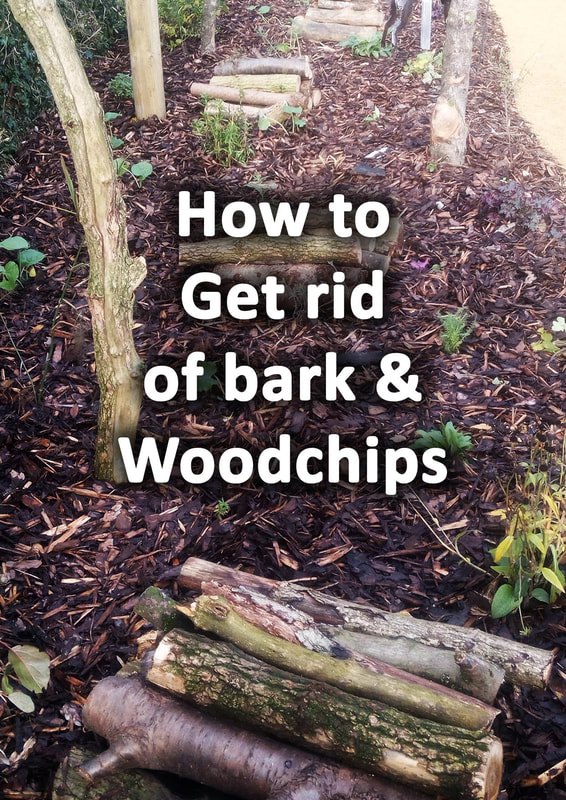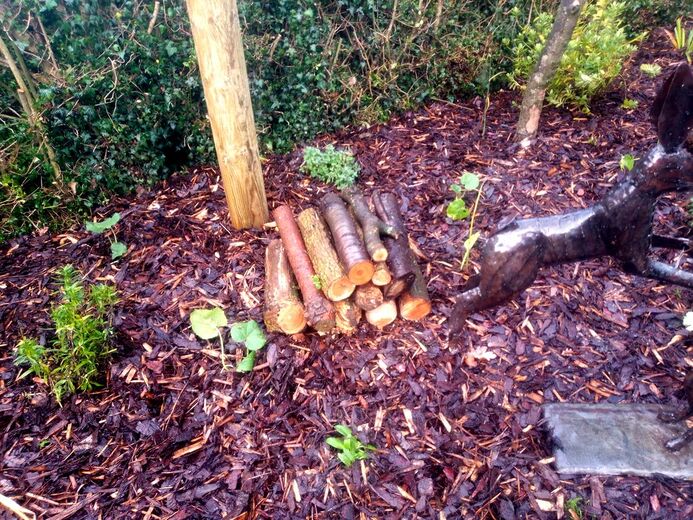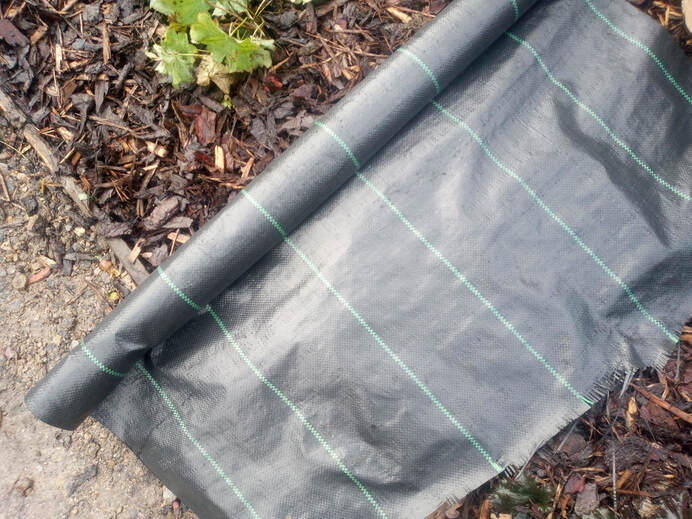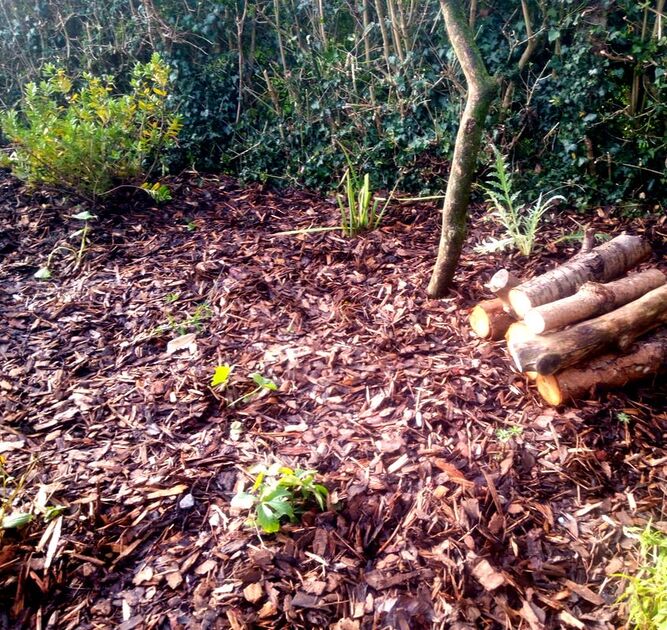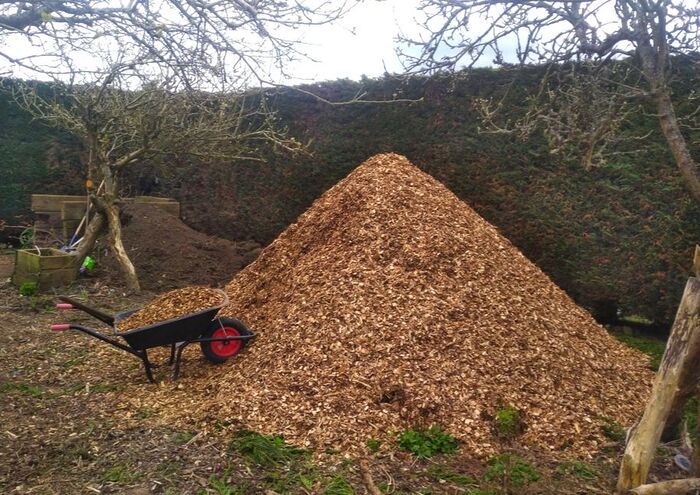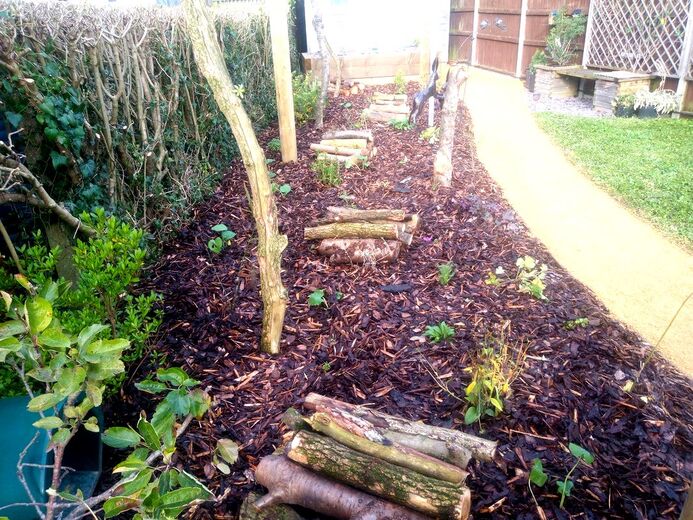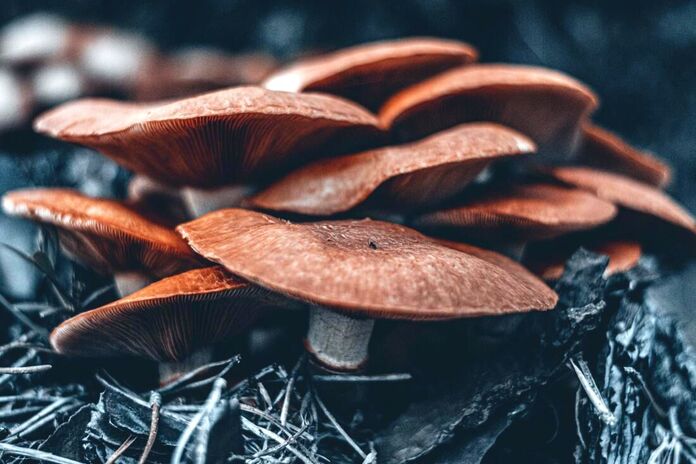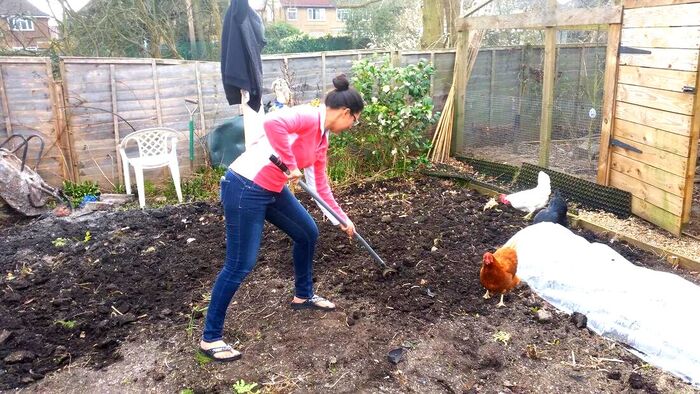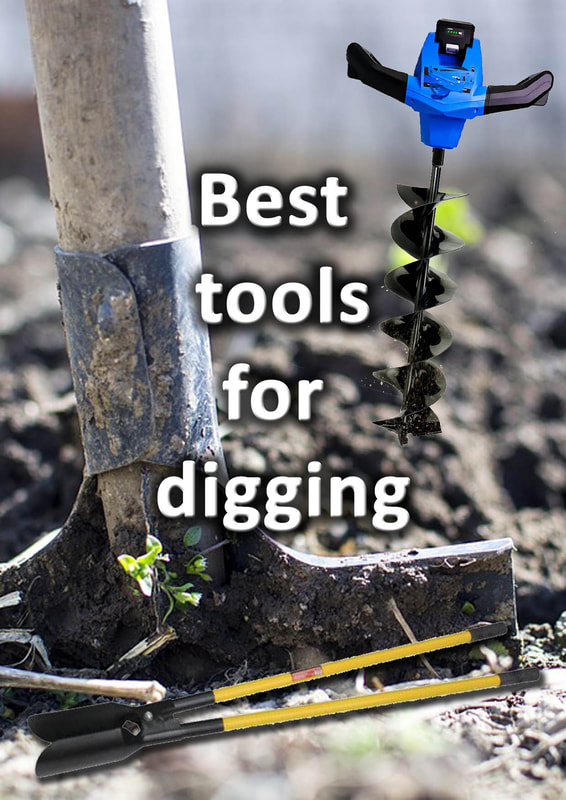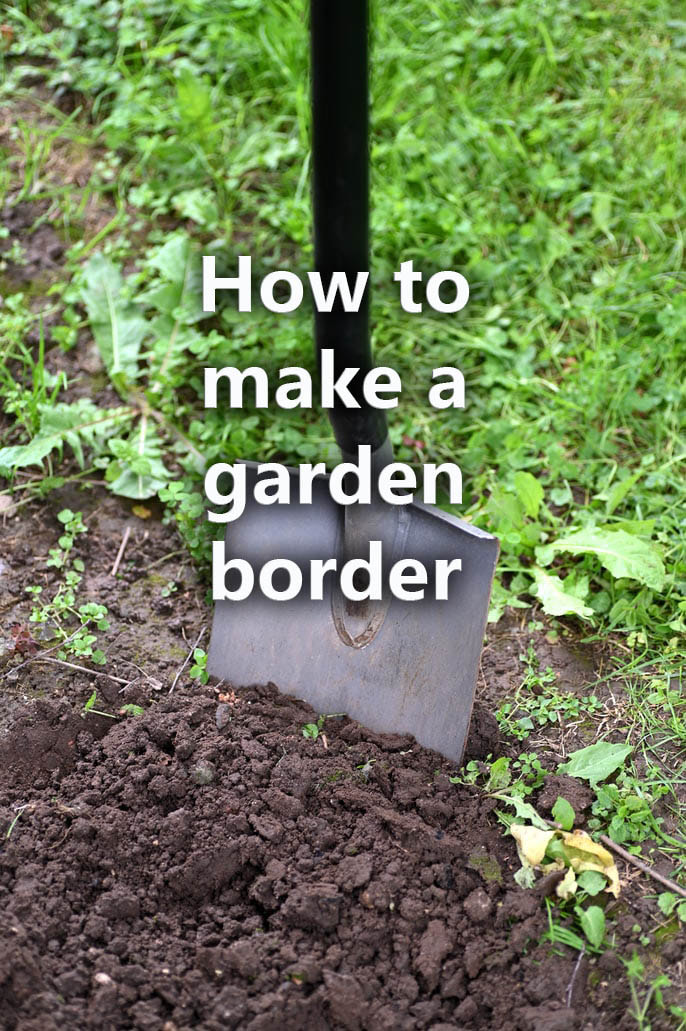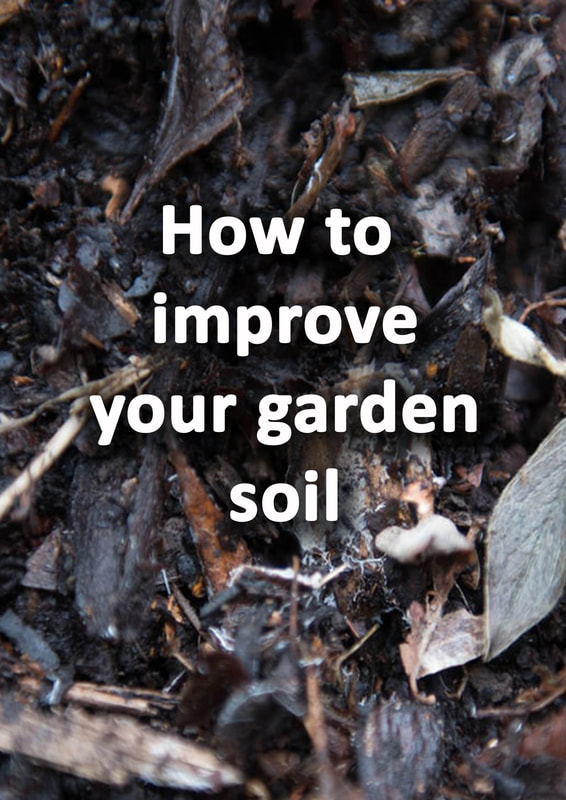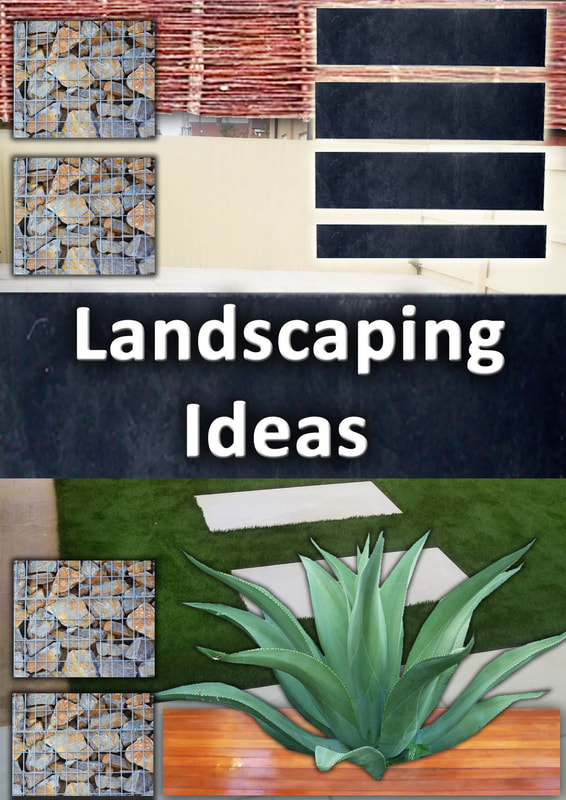|
This article contains affiliate links
Woodchips and landscaping bark mulch can provide a decorative and weed free surface within a any garden.
It can be used to mulch flower borders as well as surfacing paths and play areas. However, wood chippings and bark mulch are not to everyone’s liking and do have some considerable drawbacks. The chippings themselves can degrade over time leading to costly and laborious re-spreading. Bark chippings can also be a bi product from recent tree removal or tree stump-grinding. Perhaps you have recently moved into a new property with a garden full of old bark. In such cases you may wish to get rid of the bark from your garden as soon as you can. Here I will explain the best way to get rid of garden wood chips as well as some alternative uses for them. Why do people put woodchips in their garden?
People spread wood chips and bark mulch to suppress weeds and help soil retain moisture during summer. Woodchip provides organic mulch which can also provide frost protection for tender outdoor perennials. A thick layer of wood chip on top of a weed suppressant fabric can also provide low maintenance borders, play areas and even seating areas. Do weeds grow through wood chips?
If you have installed a robust weed resistant membrane and a reasonable depth of wood chips weeds should not become established. Only strong and woody perennial weeds such as brambles can grow up through weed membrane and bark. If perennial weeds are dug out before bark much is laid this should not be a problem. It is more common for herbaceous weeds to germinate within the moist gaps between bark particles. How to stop weeds growing in and through bark mulch and wood chip?
Over time bark mulch and wood chip will naturally decay. This provides woody compost for weeds to start establishing during wet periods. The best way to avoid this is spread a 30-50mm layer of coarse or sharp sand under a robust, weed membrane. Then supply and spread a minimum depth of 50mm of bark chip to the surface.
The sand will provide a free drainage layer helping to keep the bark dry.
This will limit the ability for fungus and microorganisms to break down the mulch. The membrane will also add an extra barrier to soil decomposers and weed roots. Do cats poop in bark chip?
Contrary to common belief cats prefer not to pop in bark mulch. Cats like to poop and spray in soft and loose material such as soil, sand and compost. However if these are not readily available cats may use degraded woodchip. How to get rid of woodchips from your garden?
The best way to get rid of bark and wood chips from your garden is with a landscaping rake, long handled shovel and wheelbarrow. The rake can be used to draw up the mulch into piles while the shovel can scoop up the loose material and load the barrow. If woodchip is spread upon a membrane, this can be pulled up to form large piles of bark. Your barrow can then wheel them to another location or inside a skip. Before you order a skip try to figure out how many cubic metres of bark you have.
This can be done by multiplying the average depth by the surface area.
For example, if you had a bark area of 10m x 10m that would equal 100 square metres. If the average depth of bark is 40mm the calculation would be. 100 x 0.040 = 4 cubic metres. This means you would have about 4 cubic metres of bark mulch to get rid of. That’s about 45 wheelbarrows, 8 jumbo bags and enough to fill a 6-yard skip. When completing the calculation above you must remember to get the decimal point in the correct place! What can I use pine bark or wood chips for?
If you want to get rid of wood chip but don’t want to get a skip here are some ideas. Below I have listed some alternative uses for unwanted wood chip. Suppressing weeds
Probably the most obvious use for unwanted bark is to suppress weeds. If you are removing an extensive area of wood chippings these can be used to mulch flower borders.
These will eventually rot down over time and help improve your soil. Composting
An effective way to get rid of wood chips is to compost them. This can be done by simply pilling them up in a heap until they break down.
To fasten up the process of composting mix them up with nitrogen rich organic waste. This includes green materials such as grass clippings and kitchen, vegetable waste. This will create a warm and steaming compost heap which will break down into compost quickly. Growing mushrooms
Believe it or not wood chips can be used to grow mushrooms. The best mushrooms to grow outside on wood chips are wine cap mushrooms. Ideally your wood chips would be made up of deciduous trees such as oak and birch. However there are many types of edible mushroom crops which can be grown on wood chip. You will need to buy mushroom spawn from a specialist supplier such as Merit Mushrooms. Smoking food
If the woodchips are in good condition, they can be dried and used in smokers. However most of the time landscape wood chip will be too degraded to cook food.
Improving soil
Wood chip is a naturally occurring, organic, material. This means it will decompose over time to form good quality compost and topsoil.
By mixing old landscaping bark into your topsoil, it will improve both drainage and fertility. Over time breaking down wood chip will feed soil ecosystems and lead to healthier and more productive soil.
Thank you for reading our article on how to get rid of wood chips from your garden. Below we have linked to some of our other articles you may find useful. Thank you!
'As an Amazon associate, I earn from qualifying purchases'
0 Comments
Leave a Reply. |
The Author
|
Landscaping services across Buckinghamshire, Amersham, Aylesbury & High Wycombe
Hyde Heath, Amersham, Buckinghamshire |
|
